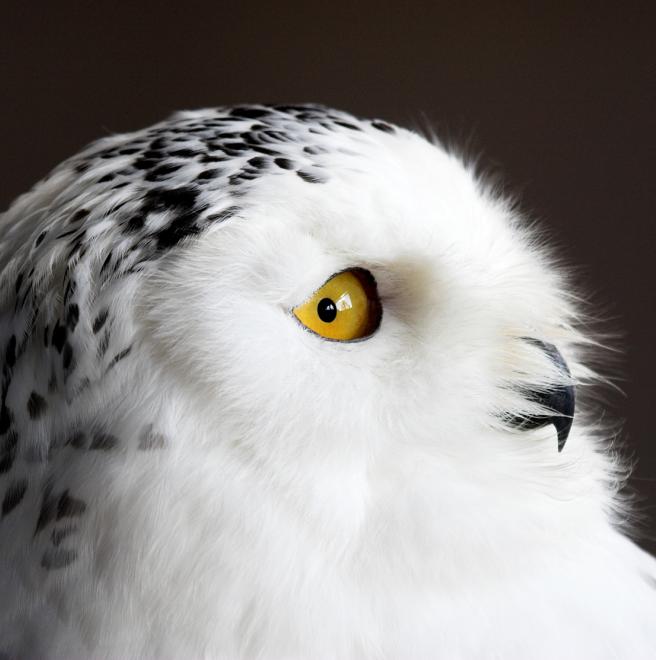

For most North American birders, this owl is a rare wintertime treat: scarce most years even in the northern tier of U.S. states, absent some winters, and a bit more common once a decade or so. It’s all about food availability: when the birds’ rodent prey base either crashes or is in super-abundance, Snowy Owls push south in winter. Audubon's climate model suggests that in the future such southward excursions may become less extensive. By century’s end, climatically suitable areas for wintering Snowy Owls may have pushed north from southern Canada well into the Arctic. The big question for these owls isn’t climate per se—these big predators can withstand harsh weather—but, rather, the indirect effect of climate on the owls’ prey base.
Explore more birds threatened by climate change around the country.





















It's easier than you think to make a difference. Become an Audubon member today to help birds facing climate change.